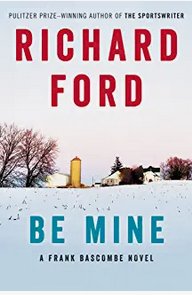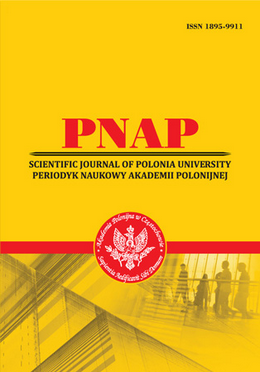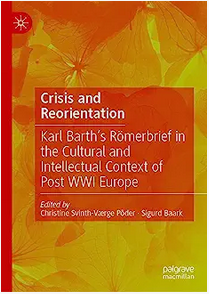
ALA, Chicago, 2022
John Updike Society board member Biljana Dojčinović was recently interviewed by Charles Carlini of Casa Carlini publishing, who wished to confront the difficult questions underlying why Updike seems less read these days. “Did the sheer brilliance of his style mask a certain thematic narrowness? Were his lush sentences and psychological insights ultimately confined to the worldview of a privileged few? Such questions have sparked fresh debate about his rightful place in the literary canon.
“One of the sharpest voices in this conversation is Biljana Dojčinović, a scholar whose work pushes beyond easy categories. A professor of literary studies with expertise in Anglo-American modernism, Dojčinović brings a distinctly transnational lens to Updike’s fiction, interrogating how his narratives handle (or mishandle) issues of gender, power, and identity. Rather than slotting him neatly into the roles of either misunderstood genius or emblem of patriarchal excess, she urges readers to sit with the contradictions—those moments where Updike is most dazzling, and most troubling.”
Dojčinović cautioned, “When it comes to biases, we need to be careful not to confuse the author with his characters, nor with the assumptions and prejudices we ourselves bring to the reading experience.”
“It’s no coincidence that all great literary works are, in some way, critical of the times they depict,” Dojčinović said. “When a writer speaks from a certain distance, it creates space for us to reflect on what we’re reading. In the modernist style, there’s no guiding authorial voice—it’s up to us to decide what’s right or wrong. That can be challenging; irony, for instance, is often missed. And when that happens, the meaning of a work can be lost entirely.”
Asked how readers should “reconcile historical context with present-day critiques,” Dojčinović responded, “When we read literature from earlier periods—or even from different cultures—we need to stay mindful of the contextual differences. More than that, we should make an effort to learn about those contexts. Take slang, for example—it’s clear we shouldn’t apply contemporary meanings to a title like The Turn of the Screw by Henry James. And yet, we often impose our present-day values and interpretations onto works from the past or from unfamiliar cultures. That’s where many misunderstandings begin.”

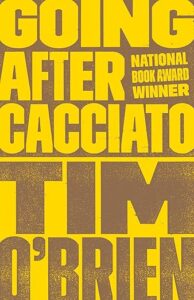 The issue was negative versus positive reviews. Christopher Lehmann-Haupt’s New York Times review was cited as an example of the former, with Lehmann-Haupt arguing that “by repeatedly invoking Catch-22 Mr. O’Brien reminds us that Mr. Heller caught the madness of war better, if only because the logic of Catch-22 is consistently surrealistic and doesn’t try to mix in fantasies that depend on their believability to sustain. I can even imagine it being said that
The issue was negative versus positive reviews. Christopher Lehmann-Haupt’s New York Times review was cited as an example of the former, with Lehmann-Haupt arguing that “by repeatedly invoking Catch-22 Mr. O’Brien reminds us that Mr. Heller caught the madness of war better, if only because the logic of Catch-22 is consistently surrealistic and doesn’t try to mix in fantasies that depend on their believability to sustain. I can even imagine it being said that  “There are thus good arguments for the premise of John Updike’s Gertrude and Claudius that Hamlet’s father is the truly evil person in the play, and that his injunction to Hamlet is an obscenity. Updike’s novel is a prequel to Shakespeare’s play: Gertrude and Claudius are engaged in an adulterous affair (Shakespeare is ambiguous on this point), and this affair is presented as passionate true love. Gertrude is a sensual, somewhat neglected wife, Claudius a rather dashing fellow, and old Hamlet an unpleasant combination of brutal Viking raider and coldly ambitious politician. Claudius has to kill the old Hamlet because he learns that the old king plans to kill them both (and he does it without Gertrude’s knowledge or encouragement). Claudius turns out to be a good, generous king; he lives and reigns happily with Gertrude, and everything runs smoothly until Hamlet returns from Wittenberg and throws everything out of joint. Whatever we imagine as the (fictional) reality of Hamlet, Gertrude is the only kindhearted and basically honest person in the play.”
“There are thus good arguments for the premise of John Updike’s Gertrude and Claudius that Hamlet’s father is the truly evil person in the play, and that his injunction to Hamlet is an obscenity. Updike’s novel is a prequel to Shakespeare’s play: Gertrude and Claudius are engaged in an adulterous affair (Shakespeare is ambiguous on this point), and this affair is presented as passionate true love. Gertrude is a sensual, somewhat neglected wife, Claudius a rather dashing fellow, and old Hamlet an unpleasant combination of brutal Viking raider and coldly ambitious politician. Claudius has to kill the old Hamlet because he learns that the old king plans to kill them both (and he does it without Gertrude’s knowledge or encouragement). Claudius turns out to be a good, generous king; he lives and reigns happily with Gertrude, and everything runs smoothly until Hamlet returns from Wittenberg and throws everything out of joint. Whatever we imagine as the (fictional) reality of Hamlet, Gertrude is the only kindhearted and basically honest person in the play.”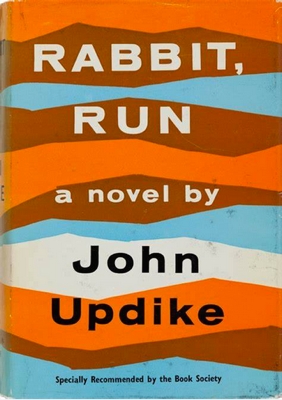
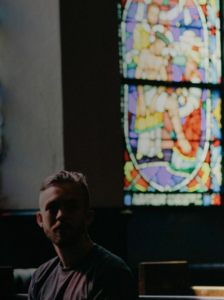 Chase Replogle, pastor of Bent Oak Church in Springfield, Mo., posted a chapter excerpt that didn’t make the final cut of his book, A Sharp Compassion. “I think it still matters, he wrote. “It is taken from the chapter on affirmation and examines how the church has been tempted to avoid what offends.”
Chase Replogle, pastor of Bent Oak Church in Springfield, Mo., posted a chapter excerpt that didn’t make the final cut of his book, A Sharp Compassion. “I think it still matters, he wrote. “It is taken from the chapter on affirmation and examines how the church has been tempted to avoid what offends.” In
In 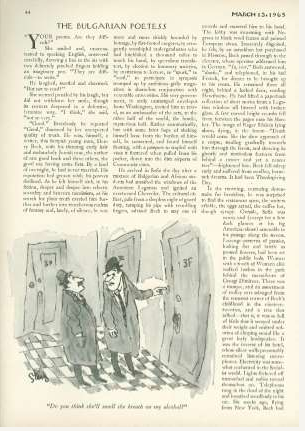 ABSTRACT: This article provides an innovative perspective on John Updike’s visit to Eastern Europe in the 1960s, including Bulgaria, as reflected in his short story “The Bulgarian Poetess” first published in The New Yorker on March 13, 1965. The inspiration for this interpretation is as much academic as it is anthropological. It comes from Updike’s use of my own surname, Glavanakova, which is not a common Slavic one, for the fictional character of the real-life Bulgarian poetess he met, whom researchers have established to be Blaga Dimitrova. Many have delved into the text aiming at a detailed and, more significantly, an authentic reconstruction of events, places and people appearing in the story (Katsarova 2010; Kosturkov 2012; Briggs and Dojčinović 2015). A main preoccupation of these analyses has been to establish the degree of factual distortion in Updike’s representation of the people and places behind the Iron Curtain. The pervasive imagery of the mirror, implying both its reflecting and doubling function, and the repetitive use of cognates associated with truth and honesty in the story suggest the focus of this article, which falls on the dynamics between authenticity and artifice from the perspective of autofiction by way of illustrating how one culture translates into another “at the opposite side[s] of the world” (Updike, “The Bulgarian Poetess”). In my interpretation, autofiction opens ample spaces for representations and discussions of identity and self-/reflexivity in a transcultural context.
ABSTRACT: This article provides an innovative perspective on John Updike’s visit to Eastern Europe in the 1960s, including Bulgaria, as reflected in his short story “The Bulgarian Poetess” first published in The New Yorker on March 13, 1965. The inspiration for this interpretation is as much academic as it is anthropological. It comes from Updike’s use of my own surname, Glavanakova, which is not a common Slavic one, for the fictional character of the real-life Bulgarian poetess he met, whom researchers have established to be Blaga Dimitrova. Many have delved into the text aiming at a detailed and, more significantly, an authentic reconstruction of events, places and people appearing in the story (Katsarova 2010; Kosturkov 2012; Briggs and Dojčinović 2015). A main preoccupation of these analyses has been to establish the degree of factual distortion in Updike’s representation of the people and places behind the Iron Curtain. The pervasive imagery of the mirror, implying both its reflecting and doubling function, and the repetitive use of cognates associated with truth and honesty in the story suggest the focus of this article, which falls on the dynamics between authenticity and artifice from the perspective of autofiction by way of illustrating how one culture translates into another “at the opposite side[s] of the world” (Updike, “The Bulgarian Poetess”). In my interpretation, autofiction opens ample spaces for representations and discussions of identity and self-/reflexivity in a transcultural context.